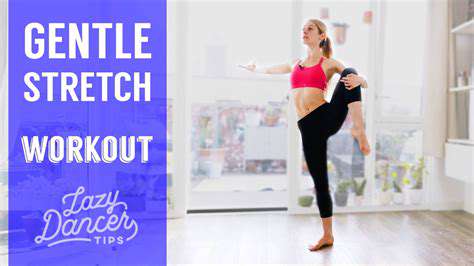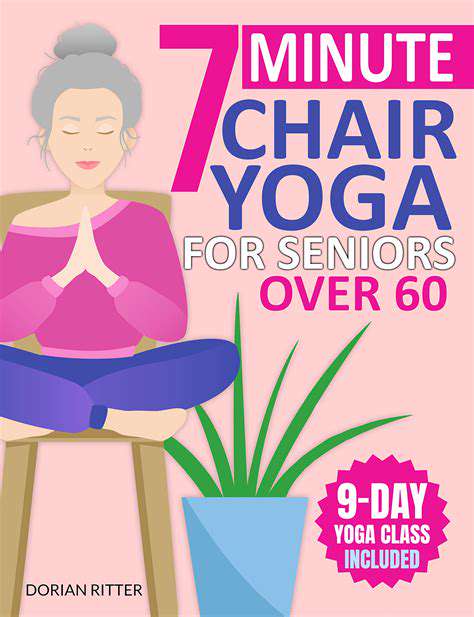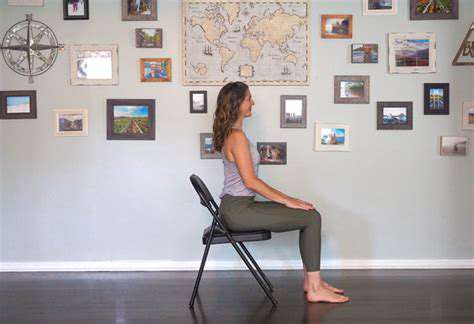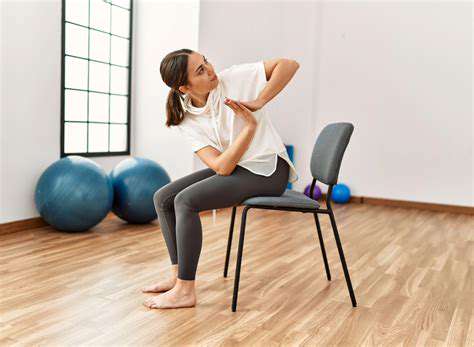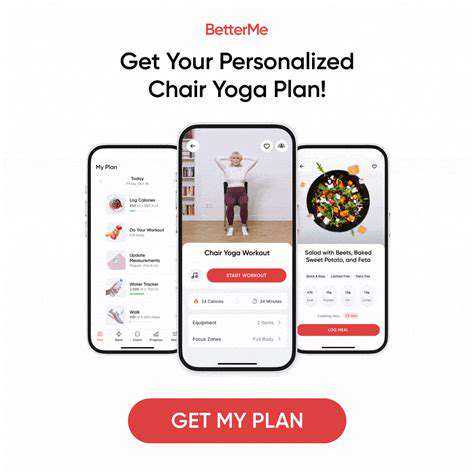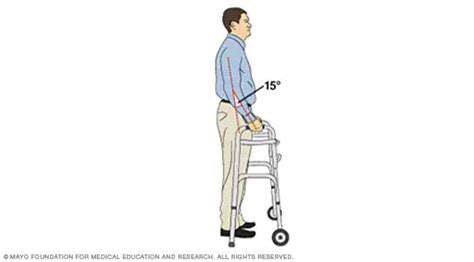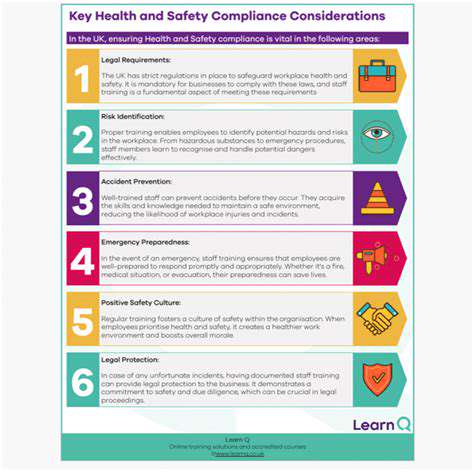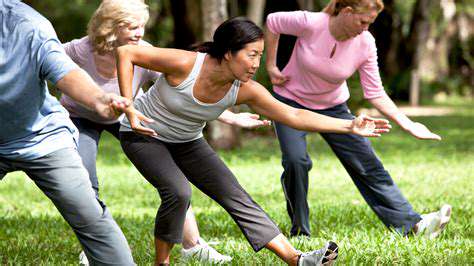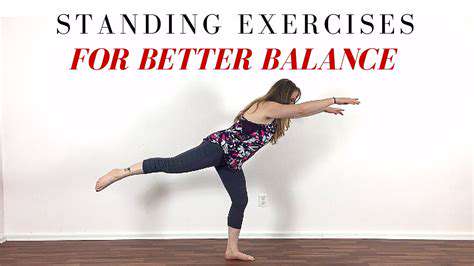Making Yoga Accessible: Chair Modifications for Older Adults
Adapting Yoga Poses for a Comfortable and Effective Practice
Understanding Your Body's Needs
Making yoga accessible begins with recognizing that each person's body has unique requirements. Physical limitations, past injuries, and personal comfort preferences all influence how one approaches a yoga pose. Tailoring your practice to these individual factors prevents discomfort and reduces injury risk, creating a more rewarding experience.
Embracing these differences leads to a safer yoga journey. There's no need to force your body into cookie-cutter positions - modifications exist for good reason.
Modifications for Limited Flexibility
When flexibility poses challenges, simple adjustments can make all the difference. For forward folds, placing yoga blocks beneath your hands reduces strain on tight hamstrings. This small change allows for gradual stretching without compromising safety - a perfect example of how props can transform your practice.
Adjustments for Injuries and Pain
Existing injuries demand special consideration in yoga. Always consult healthcare professionals before attempting poses that might aggravate your condition. Pain serves as your body's warning system - never ignore it during practice. Qualified instructors can suggest alternative movements that support healing rather than hinder it.
Utilizing Props for Support and Alignment
Yoga accessories serve as valuable allies in practice. A folded blanket cushions bony knees during seated poses, while blocks bring the floor closer in downward dog. Straps extend your reach in hamstring stretches, and bolsters cradle your spine during restorative poses. These tools democratize yoga, making its benefits accessible regardless of physical limitations.
Finding Comfortable Alternatives to Common Poses
Standard poses don't work for every body. Seated forward bends often provide better options than standing versions for those with hip or back concerns. The beauty of yoga lies in its adaptability - there's always a variation that serves your needs without sacrificing benefits.
Creating a Gradual Progression in Practice
Yoga rewards patience. Begin with foundational poses and gradually increase intensity as your body adapts. This measured approach builds sustainable strength and flexibility while minimizing injury risk. Regular breaks aren't signs of weakness but wisdom - your body knows when it needs rest.
Key Modifications for Chair Yoga Poses
Chair Pose Variations for Enhanced Flexibility
Chair yoga revolutionizes accessibility, bringing yoga's benefits to those with mobility challenges. By adapting standing poses for seated positions, practitioners gain flexibility without joint strain. This approach particularly benefits seniors and rehabilitation patients, proving yoga's adaptability knows no bounds.
Seated forward bends and gentle side stretches improve hip and back mobility when performed with proper spinal alignment. The chair becomes both support and empowerment tool, allowing focus on movement quality rather than balance concerns.
Adjustments for Strength and Balance
Chair yoga builds functional strength through creative adaptations. Seated warrior poses with extended holds develop core stability, while arm movements add intensity. These modifications create progressive challenges without overwhelming beginners - ideal for rebuilding strength after illness or injury.
Balance work becomes approachable when performed seated. The chair provides security while practicing weight shifts and controlled movements. This safe environment builds confidence alongside physical skills, particularly valuable for those regaining mobility.
Benefits of Chair Yoga for Older Adults
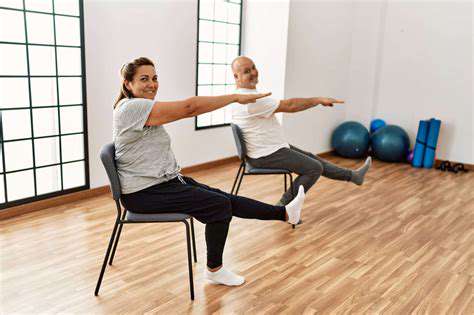
Improved Flexibility and Range of Motion
Chair yoga gently restores mobility through supported stretches. Seated practice eliminates the fear of falling while still increasing flexibility - crucial for maintaining independence in daily activities like dressing or reaching overhead.
Enhanced Balance and Stability
Seated balance exercises strengthen core muscles and spatial awareness. Regular practice significantly reduces fall risk - a major concern for seniors. The chair's stable base allows focused attention on movement quality rather than fear of instability.
Reduced Stress and Anxiety
Combining breathwork with gentle movement creates profound relaxation. This mindful approach lowers cortisol levels and promotes emotional wellbeing - benefits that often surprise first-time practitioners.
Increased Strength and Muscle Tone
Isometric holds in chair yoga build functional strength. These subtle contractions combat age-related muscle loss, improving posture and making daily tasks easier to perform.
Improved Cardiovascular Health
Rhythmic chair movements gently elevate heart rate. This low-impact circulation boost supports heart health without straining joints - ideal for those with limited mobility.
Better Posture and Body Awareness
Chair yoga emphasizes spinal alignment in every pose. This focus corrects years of postural habits, reducing back pain and increasing confidence in movement.
Pain Management and Relief
Gentle stretches alleviate arthritis and muscle stiffness. The chair's support makes pain relief accessible to those who thought exercise was no longer an option.
Finding a Chair Yoga Class or Instructor
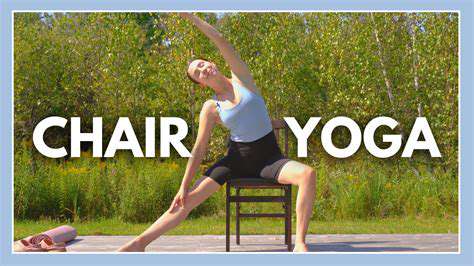
Finding a Chair Yoga Class
Quality chair yoga instruction transforms physical limitations into possibilities. Many studios now offer specialized classes, while community centers often host affordable options. Always verify an instructor's experience with adaptive yoga methods.
Important Considerations for Choosing a Class
Class atmosphere matters as much as the instructor's credentials. Look for welcoming environments where questions are encouraged - this indicates a teacher who values individual needs over rigid perfection.
Benefits and Considerations
While chair yoga offers numerous benefits, it should complement rather than replace medical advice. Always consult your physician before beginning any new exercise regimen, especially with chronic conditions.
